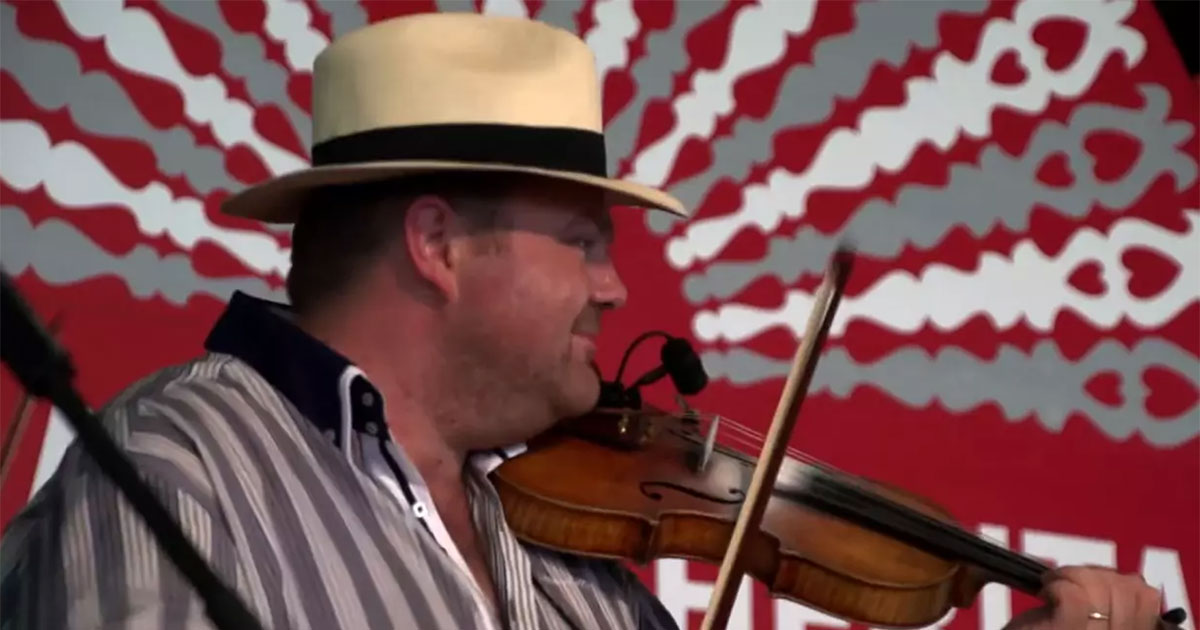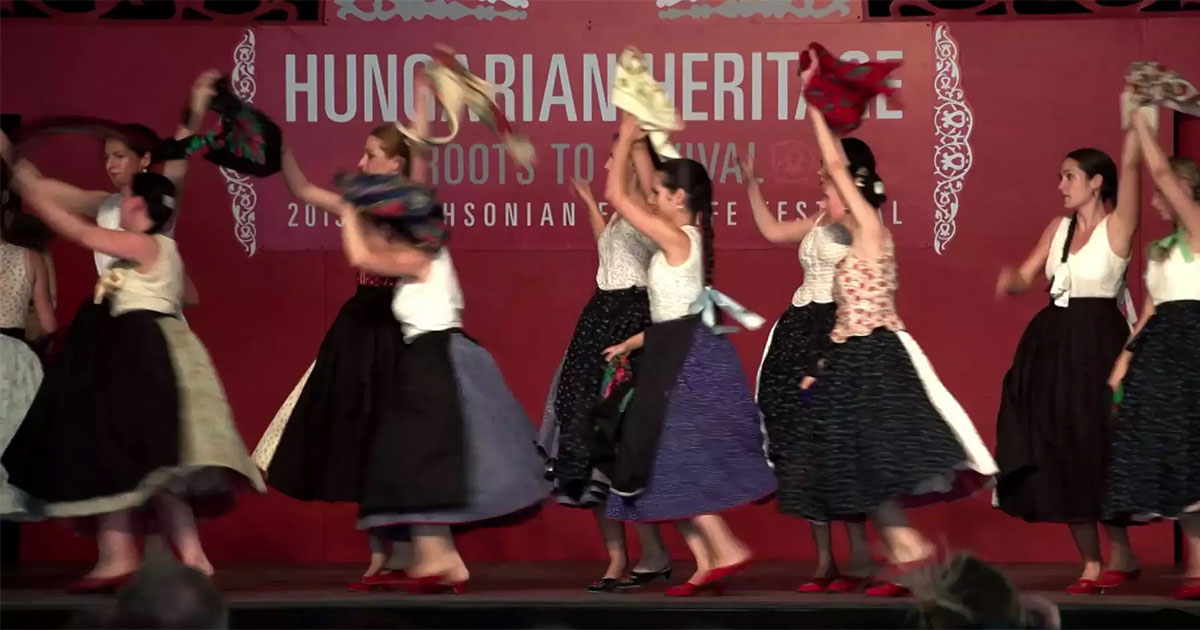





Hungarian Folk Music
The folk music of Hungary is one of the country’s most important expressions of national identity. Hungary’s geographic location, together with a cultural heritage that bears influences from central Asia to western Europe, has long supported diverse and lively musical traditions.
The documentation and scholarly analysis of Hungarian folk music began in the late nineteenth century and achieved spectacular results, thanks to the efforts of composers Béla Bartók (1881-1945) and Zoltán Kodály (1882-1967). They not only established scientific methods for collecting and interpreting Hungary’s folk music traditions; they also composed and disseminated folk songs. Their goal, as Kodály wrote in 1906, was to recognize “the basic layer of our folk music, the rock upon which a culture can be built.” Today the repertoire of recorded folk tunes numbers some 300,000.
In recent decades, there has been a surge of interest in folk music. The proliferation of dance houses (táncházak) in urban areas is helping to ensure the survival of traditional melodies and to maintain the vitality of folk dance and music.

Dance Culture in Hungary
There are five basic types of traditional dance found throughout the Carpathian Basin: round dances (karikázó); jumping dances (ugrós); men’s dances (legényes); slow and fast couples dances (csárdás); and stick dances (botoló), which are vestiges of weapon dances.
Each of these five basic dance types varies, depending on its geographic region. For instance, the dances found in the regions of the Danube and Tisza rivers tend to be simpler and more lighthearted than the more complex dances of Transylvania (Romania).
Solo dances and couples dances are typically freeform, which means there are countless possibilities for individual improvisation. This feature distinguishes Hungarian dance culture from that of western Europe and the Balkans, and it accounts for its immense richness.
In couples dances, the dancers may draw upon a variety of elements, sometimes in an arbitrary sequence, such as dancing in separate formations, the man’s virtuosic solo, the amorous chasing game, the closed couple spins, the slow walk followed by intricate foot patterns, and the woman’s whirling under the man’s arm.
Solo men’s dances are characterized by technical virtuosity and a rich repertoire of motifs, which express the dancer’s individuality.


